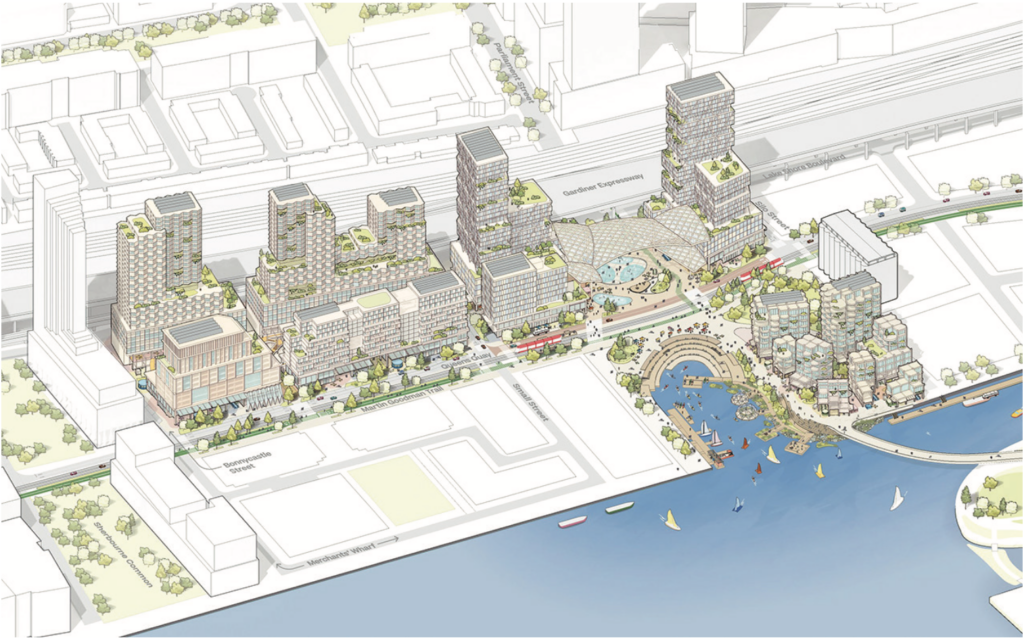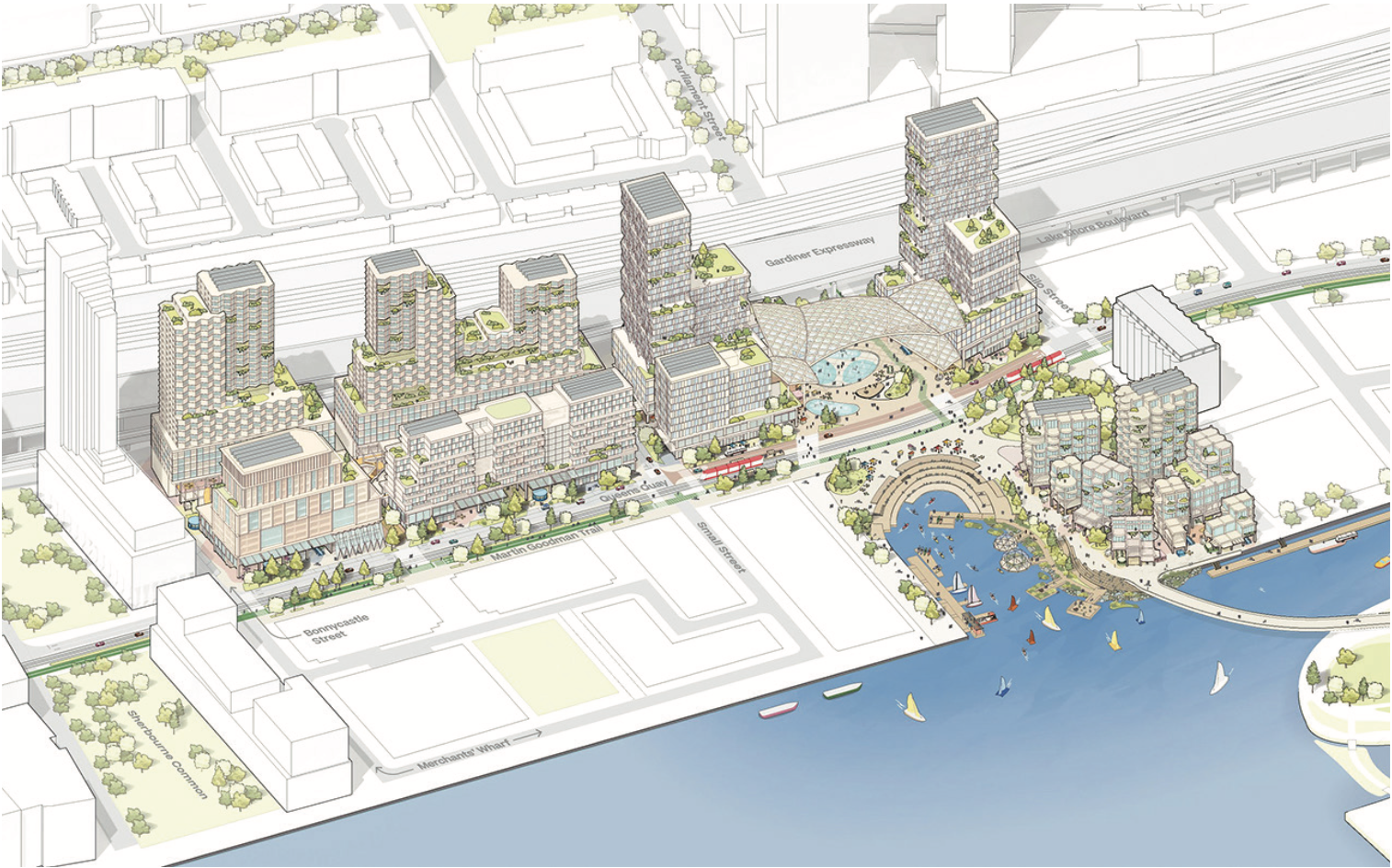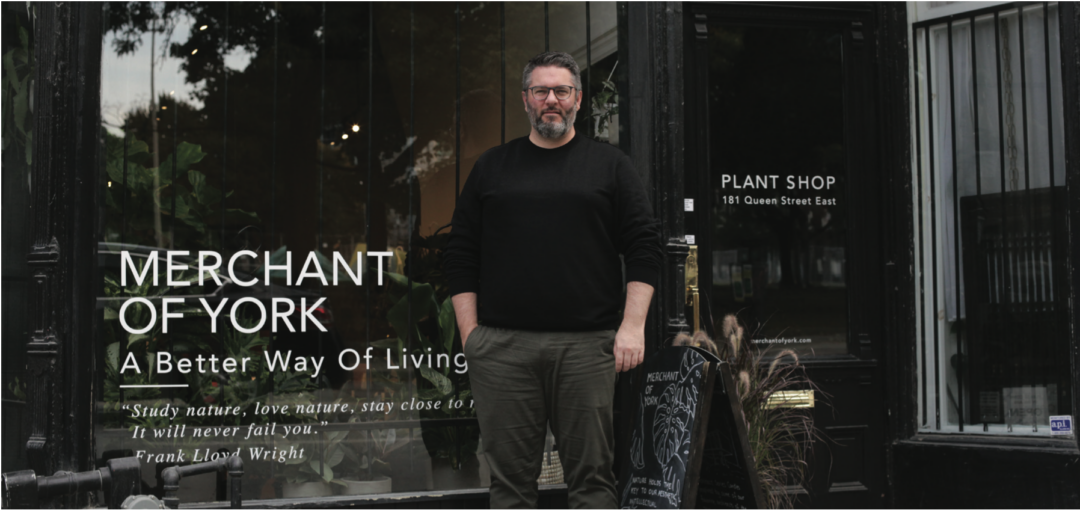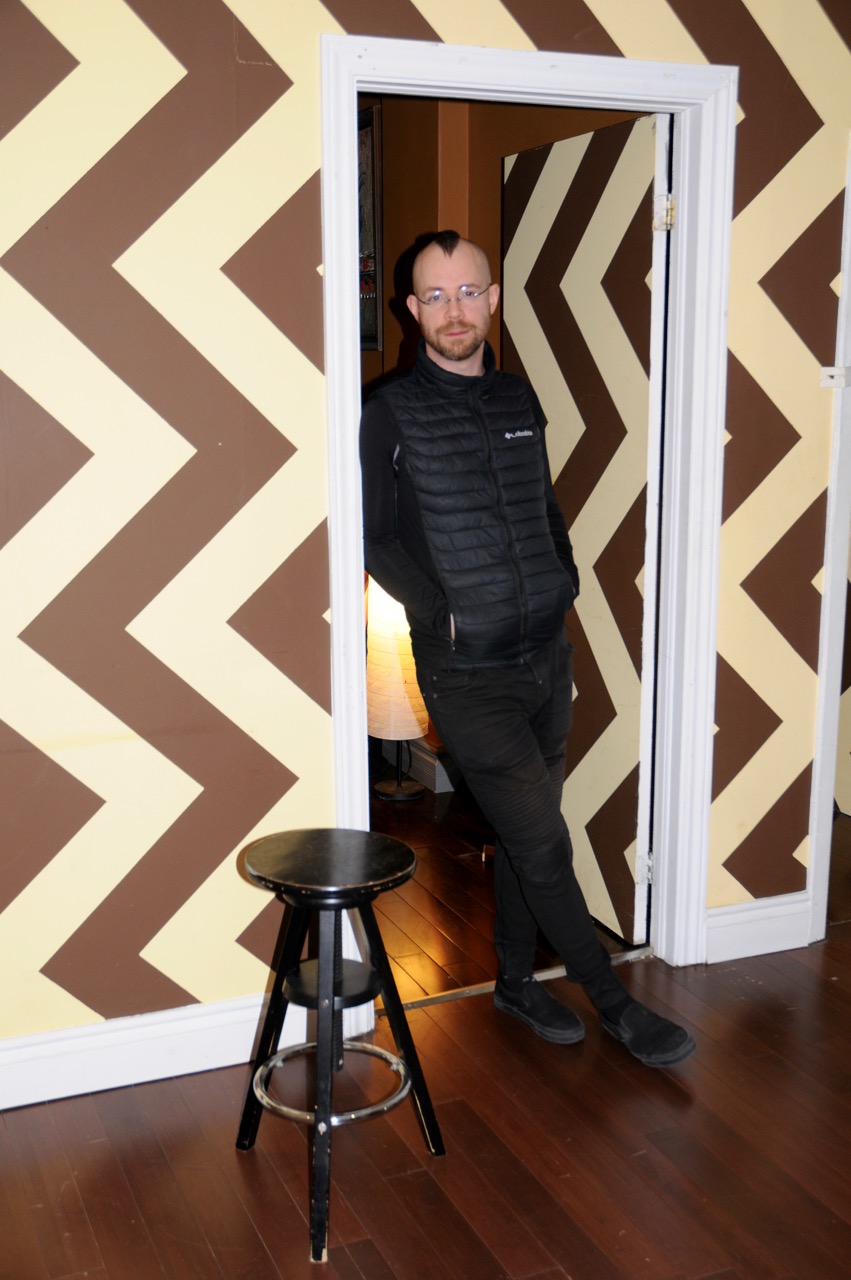By Mariana Valverde
Adapted from a March 18 article by University of Toronto professor Mariana Valverde for the Ryerson Centre for Free Expression’s blog.
On a sunny day in October 2017 Waterfront Toronto (WT), the tri-governmental agency responsible for administering revitalization projects along the city’s waterfront, signed an agreement with Google’s urban design division, Sidewalk Labs (SWL), to develop a smart city on a 12 acre lot known as Quayside. But ever since then, the leaders of WT have most often behaved like lobbyists-in-chief for the Google/Alphabet sister company rather than guardians of the public interest.
And while there have been several recent resignations from WT, no whistleblowers have stepped forward.
A striking example of the lopsided dynamics is the Feb. 2020 approval by WT’s evaluation committee of all but 16 of SWL’s 160 proposals outlined in its Quayside Digital Innovation Appendix (DIA). Many of the untested technologies are tied to a data extraction and motion tracking with little built in oversight.
The evaluation committee was headed by former Ryerson University president Sheldon Levy. Levy is a Special Advisor to the Ontario government on small and medium-sized enterprise, and a strategic consultant to real-estate developer Knightstone Capital Management Inc.
The lack of clarity about who is defending the public interest — is right now the most worrying thing. On February 26, WT’s own group of hand-picked data experts from across Canada, the Digital Strategy Advisory Panel (DSAP), issued a report that roundly criticized gadgets praised by WT as promising ‘innovations.’ It also questioned the corporate-driven and data-centric assumptions of the ‘smart city’ project. DSAP members instead called for a cautious “digital-restraint” approach involving determining whether collecting data is useful or necessary — well in advance of considering doing any such collection via a gaggle of new gadgets.
At the Feb. 29 morning consult, which I attended, the very existence of the expert DSAP wasn’t mentioned in any of the lengthy presentations by WT leaders, never mind the panel’s brand-new seminal report. Apparently, that scenario also unfolded in the afternoon consult.

Furthermore, the DSAP was mentioned only twice, both times in passing, in the glossy, full-colour, 46-page ‘Discussion Guide’ given to Feb. 29 meeting attendees.
The first simply names DSAP, along with WT’s Design Review Panel, as the two advisory panels WT was “considering feedback from” in evaluating the 160 “solutions.” The second and last mention is: “Waterfront Toronto’s Digital Strategy Advisory Panel has reviewed the DIA in detail, and their report will also inform Waterfront Toronto’s decision-making.” That’s all.
That leaves acres of questions unanswered. For instance, are WT senior staff negotiating with SWL (either in Toronto or at SWL’s New York City headquarters) toward the new June 25 deadline for a final agreement or instead directly with Alphabet? What role if any are City of Toronto staff playing in the negotiations? Is board chair Steve Diamond leading the talks or is it WT staff and, if the latter, which staff?
On February 6 I wrote Mayor John Tory, Councillor Joe Cressy (the only politician on WT’s board), and the head of the city’s Waterfront Secretariat, David Stonehouse. I suggested a town-hall meeting to inform local citizens about what the city is doing to ensure transparency and to protect the public interest. I’m still waiting to hear back.




